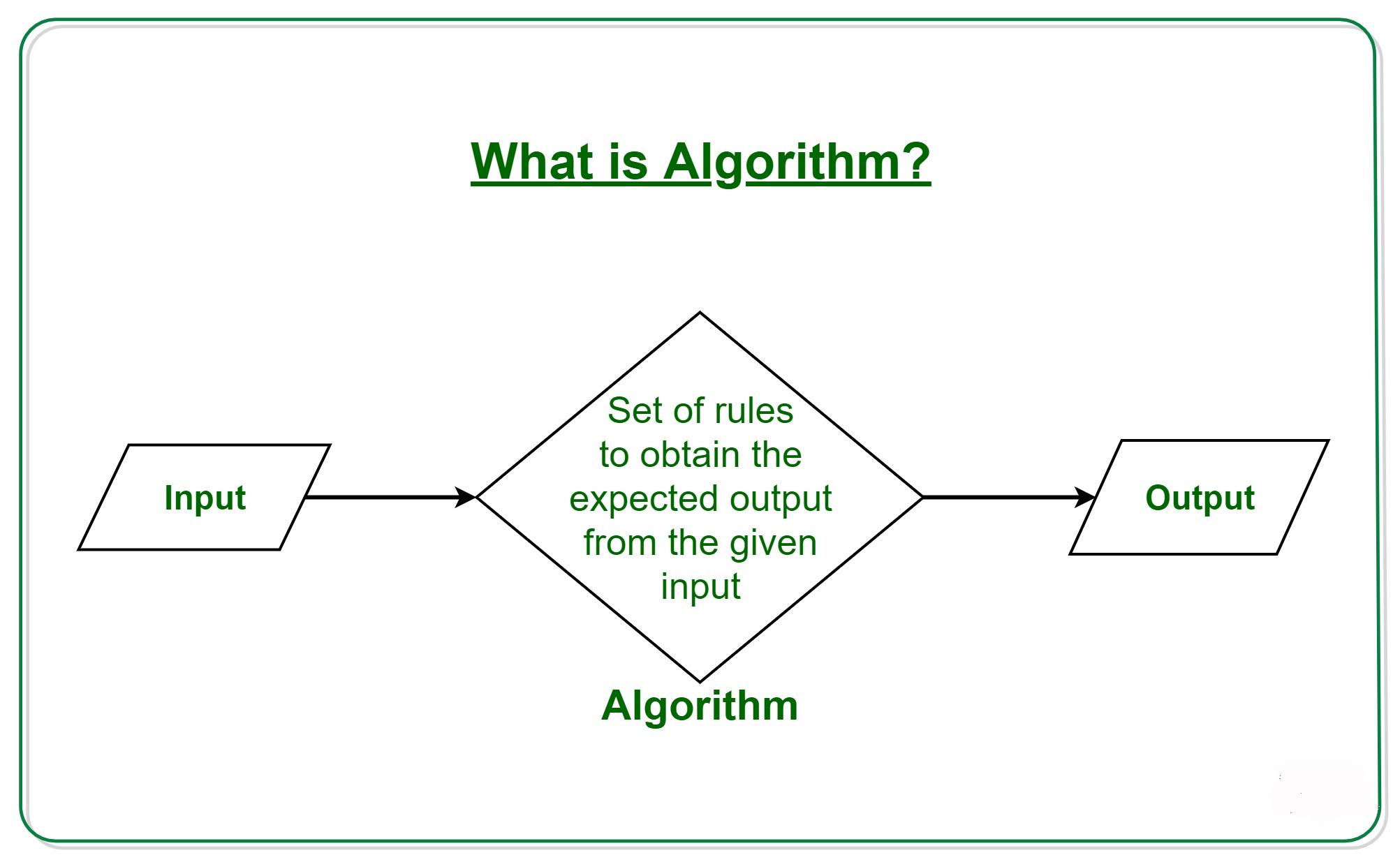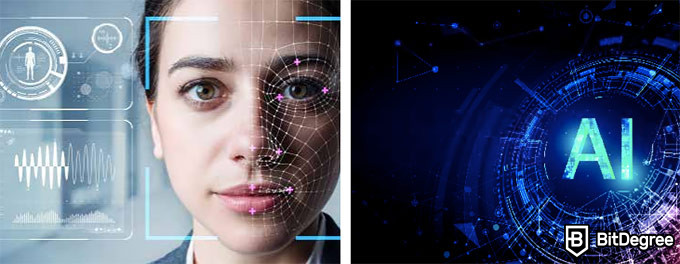
To understand each type of AI better, you need to know the terms they are described in. General AI is a form of AI that is capable of completing any intellectual activity, including the tasks of learning, thinking, and reasoning. Strong AI and Genetic Algorithm are two other terms used to refer to AI. Genetic algorithms are based on genetics, and are often used to tackle challenging problems. A hyperparameter is an array of parameters that have an impact on the learning of a model. These parameters are often manually set outside of the model. These parameters are among the most searched terms in Artificial Intelligence.
Machine learning can be considered a sub-component for AI.
Machine learning is focused on developing machines that are capable of making predictions and analyzing data. This technique has many applications, from chatbots to predictive text. This field is also used by the healthcare industry where automated robots can detect diseases from images. Neural networks, self-organizing and random maps are some of the most common machine learning algorithms. Machine learning is designed to create algorithms that replicate the brain of humans and perform various tasks automatically.

Machine learning's key function is pattern recognition
Pattern recognition seeks to identify similarities among a range of data sets. This function is used in many fields including engineering, medicine, and business. It is used to automate processes and decisions, as its name implies. In the business world, it is most often used for financial trading. Regardless of the application, pattern recognition can make business operations more efficient. It is critical in identifying patterns and data.
Natural language generation is a key function in natural language generation
Many people love to read, but others are not able to handle charts and numbers with many metrics. They will appreciate being able explain complicated data using natural language. Lawyers, for instance, often read large volumes of information in their work, but don’t need charts or numbers to understand complicated cases. They can instead use natural language to explain complex cases. Natural language generation allows lawyers to produce more precise reports which can prove extremely helpful in their field.
Sentiment analysis is an important function of sentiment analysis
A customer-review algorithm can be an example of the application of sentiment analysis. You can collect feedback from social media, websites and online forms. This analysis can prove to be extremely useful in improving customer experience. Its main challenges usually revolve around inaccuracies in training models. It is possible to confuse neutral comments with negative sentiments and get erroneous results.

A key function of Behavioral intent prediction is behavioral intent prediction
AI has one of the most significant functions: behavioral intent prediction. This can be used by businesses to predict the demand for products and services. AI can also be used by businesses to evaluate the skills and opinions of employees to determine if they are a good candidate for a job. AI can quickly analyze thousands upon thousands of CVs to determine if they are the right match for a company.
FAQ
Who was the first to create AI?
Alan Turing
Turing was born 1912. His father, a clergyman, was his mother, a nurse. He was an exceptional student of mathematics, but he felt depressed after being denied by Cambridge University. He took up chess and won several tournaments. After World War II, he was employed at Bletchley Park in Britain, where he cracked German codes.
He died in 1954.
John McCarthy
McCarthy was born in 1928. He was a Princeton University mathematician before joining MIT. He developed the LISP programming language. In 1957, he had established the foundations of modern AI.
He died in 2011.
How does AI impact the workplace
It will change how we work. It will allow us to automate repetitive tasks and allow employees to concentrate on higher-value activities.
It will help improve customer service as well as assist businesses in delivering better products.
It will allow us future trends to be predicted and offer opportunities.
It will give organizations a competitive edge over their competition.
Companies that fail AI will suffer.
AI is useful for what?
Artificial intelligence, a field of computer science, deals with the simulation and manipulation of intelligent behavior in practical applications like robotics, natural language processing, gaming, and so on.
AI is also referred to as machine learning, which is the study of how machines learn without explicitly programmed rules.
There are two main reasons why AI is used:
-
To make life easier.
-
To be able to do things better than ourselves.
Self-driving cars is a good example. AI can take the place of a driver.
Why is AI important?
It is expected that there will be billions of connected devices within the next 30 years. These devices will include everything from fridges and cars. The combination of billions of devices and the internet makes up the Internet of Things (IoT). IoT devices can communicate with one another and share information. They will also have the ability to make their own decisions. For example, a fridge might decide whether to order more milk based on past consumption patterns.
According to some estimates, there will be 50 million IoT devices by 2025. This is an enormous opportunity for businesses. It also raises concerns about privacy and security.
Statistics
- A 2021 Pew Research survey revealed that 37 percent of respondents who are more concerned than excited about AI had concerns including job loss, privacy, and AI's potential to “surpass human skills.” (builtin.com)
- The company's AI team trained an image recognition model to 85 percent accuracy using billions of public Instagram photos tagged with hashtags. (builtin.com)
- In 2019, AI adoption among large companies increased by 47% compared to 2018, according to the latest Artificial IntelligenceIndex report. (marsner.com)
- According to the company's website, more than 800 financial firms use AlphaSense, including some Fortune 500 corporations. (builtin.com)
- In the first half of 2017, the company discovered and banned 300,000 terrorist-linked accounts, 95 percent of which were found by non-human, artificially intelligent machines. (builtin.com)
External Links
How To
How to Setup Google Home
Google Home, an artificial intelligence powered digital assistant, can be used to answer questions and perform other tasks. It uses natural language processing and sophisticated algorithms to answer your questions. Google Assistant can do all of this: set reminders, search the web and create timers.
Google Home is compatible with Android phones, iPhones and iPads. You can interact with your Google Account via your smartphone. If you connect your iPhone or iPad with a Google Home over WiFi then you can access features like Apple Pay, Siri Shortcuts (and third-party apps specifically optimized for Google Home).
Google Home is like every other Google product. It comes with many useful functions. For example, it will learn your routines and remember what you tell it to do. So when you wake up in the morning, you don't need to retell how to turn on your lights, adjust the temperature, or stream music. Instead, you can just say "Hey Google", and tell it what you want done.
To set up Google Home, follow these steps:
-
Turn on Google Home.
-
Hold the Action button at the top of your Google Home.
-
The Setup Wizard appears.
-
Click Continue
-
Enter your email adress and password.
-
Choose Sign In
-
Google Home is now available